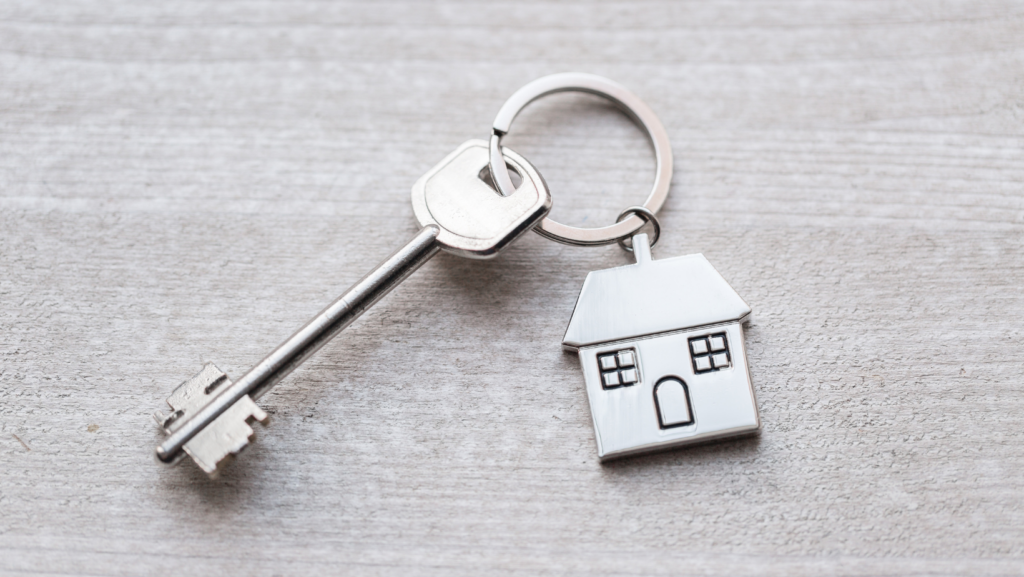Home renovation loans can transform a drab living space into a dream home, but understanding how they work is crucial before diving into a project. These loans offer homeowners the financial flexibility to tackle everything from minor updates to major overhauls, enhancing both the comfort and value of their property.
Navigating the world of home renovation loans might seem daunting, but it’s simpler than it appears. By breaking down the basics, homeowners can make informed decisions and choose the best financing option for their needs. Whether it’s a personal loan, a home equity line of credit (HELOC), or a government-backed option, each type of loan comes with its own set of benefits and considerations.
How do Home Renovation Loans Work
 Home renovation loans provide the necessary funds to improve living spaces and boost property values. These loans come in various forms, each with specific benefits and requirements. Home renovation loans are financial products that give homeowners access to funds for renovating, remodeling, or repairing their homes. These loans differ from regular mortgages, focusing specifically on home improvements rather than home purchases. Lenders typically disburse funds based on the estimated cost of the renovation project and the increased value it brings to the property.
Home renovation loans provide the necessary funds to improve living spaces and boost property values. These loans come in various forms, each with specific benefits and requirements. Home renovation loans are financial products that give homeowners access to funds for renovating, remodeling, or repairing their homes. These loans differ from regular mortgages, focusing specifically on home improvements rather than home purchases. Lenders typically disburse funds based on the estimated cost of the renovation project and the increased value it brings to the property.
Homeowners can choose from several types of renovation loans, each catering to different needs and financial situations:
- Personal Loans: Personal loans provide unsecured funds for small to medium-sized projects. They usually come with fixed interest rates and shorter repayment terms.
- Home Equity Lines of Credit (HELOC): HELOCs allow homeowners to borrow against the equity in their home. These loans offer flexible, revolving credit lines and variable interest rates.
- Home Equity Loans: These loans are similar to HELOCs but provide a lump sum with fixed interest rates and repayment terms. They are suitable for large renovation projects.
Each loan type caters to different renovation needs, making it crucial to understand their unique features and suitability for specific projects.
Eligibility Criteria
 To qualify for a home renovation loan, lenders assess specific factors to determine the borrower’s reliability and the feasibility of the loan. Lenders evaluate credit scores to gauge the borrower’s creditworthiness. A minimum score of 620-640 is often required for approval. Higher scores can secure better interest rates. For government-backed loans, the required scores can start as low as 580, depending on the loan type. Income verification is crucial to demonstrate the borrower’s ability to repay the loan. Lenders typically review pay stubs, tax returns, and bank statements. Self-employed applicants may need to provide additional documentation, such as profit and loss statements. Reliable income sources and stable employment history significantly impact loan approval chances.
To qualify for a home renovation loan, lenders assess specific factors to determine the borrower’s reliability and the feasibility of the loan. Lenders evaluate credit scores to gauge the borrower’s creditworthiness. A minimum score of 620-640 is often required for approval. Higher scores can secure better interest rates. For government-backed loans, the required scores can start as low as 580, depending on the loan type. Income verification is crucial to demonstrate the borrower’s ability to repay the loan. Lenders typically review pay stubs, tax returns, and bank statements. Self-employed applicants may need to provide additional documentation, such as profit and loss statements. Reliable income sources and stable employment history significantly impact loan approval chances.
Application Process
 Homeowners interested in securing a home renovation loan must follow a series of steps to ensure approval. This process involves several stages, from initial application to submission of required documents.
Homeowners interested in securing a home renovation loan must follow a series of steps to ensure approval. This process involves several stages, from initial application to submission of required documents.
- Assess Renovation Needs: Determine the scope and budget of the renovation project. Create a detailed list of needed repairs or enhancements to get an accurate cost estimate.
- Research Lenders: Compare different lenders to find the best terms and interest rates. Consider banks, credit unions, and online lenders.
- Prequalification: Submit basic financial information for a preliminary assessment. This step helps determine potential loan amounts and interest rates.
- Complete Application: Fill out the loan application with detailed personal, financial, and project information. Provide accurate and up-to-date details.
- Appraisal and Inspection: Lenders usually require a home appraisal and inspection. These evaluations ensure the property’s current value and assess the planned renovations.
- Review and Approval: The lender reviews the application and supporting documents. If approved, the borrower receives a loan offer detailing terms and conditions.
- Personal Identification: Government-issued identification like a driver’s license or passport.
- Proof of Income: Recent pay stubs, tax returns, and bank statements. Self-employed individuals may need additional documentation, such as profit and loss statements.
- Credit History: Authorization for the lender to check credit reports to assess creditworthiness.
Following these steps and preparing the necessary documents increases the chances of securing a home renovation loan.

